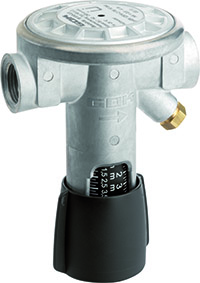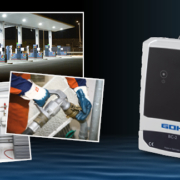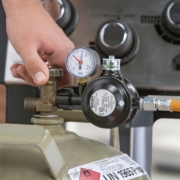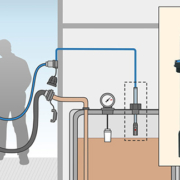When do I need a diaphragm-controlled anti-siphon device?
The diaphragm-controlled anti-siphon device prevents the fuel oil tank from emptying completely in the event of leaks in fuel oil consumer installations.

Function of a diaphragm-controlled anti-siphon device
The switched on fuel oil feed pump generates a vacuum in the suction line. The vacuum causes a position change of the diaphragm, which in turn opens a sealing element. The fuel oil can now flow from the tank to the burner. If the pump no longer generates a vacuum or if the piping is leaking, the anti-siphon device closes and prevents the tank from draining.
Alternative
An alternative to the diaphragm-controlled version is the solenoid valve anti-siphon device. By means of a solenoid valve, the safety device blocks the oil line when the burner is at a standstill and is normally closed. Once the burner pump has started up again, the anti-siphon device opens due to the control voltage applied.
Further information can be found in the assembly and operating manual.





